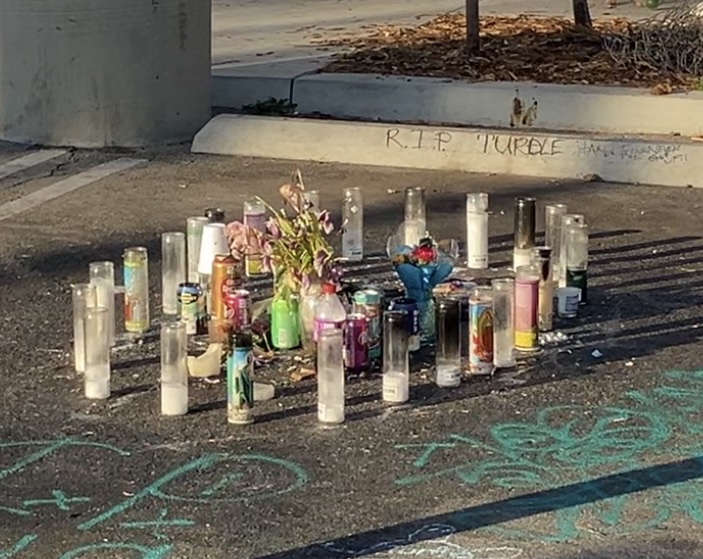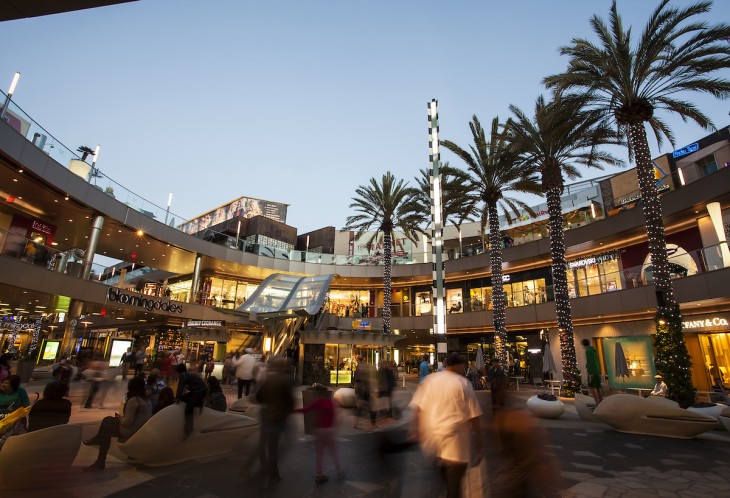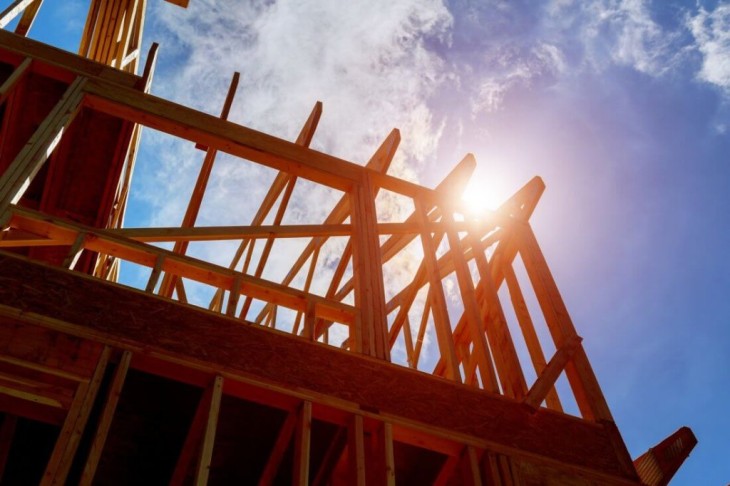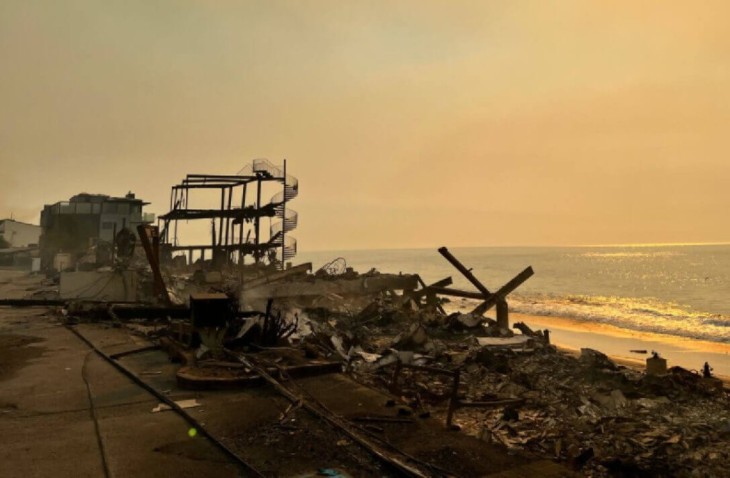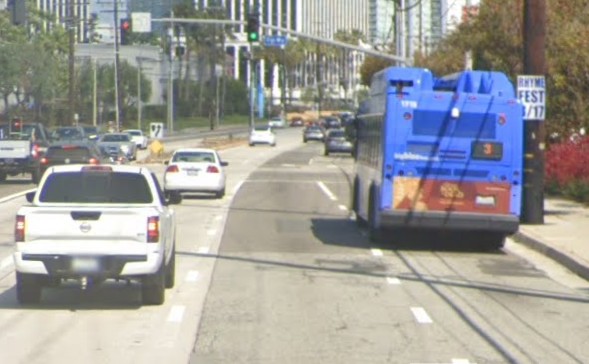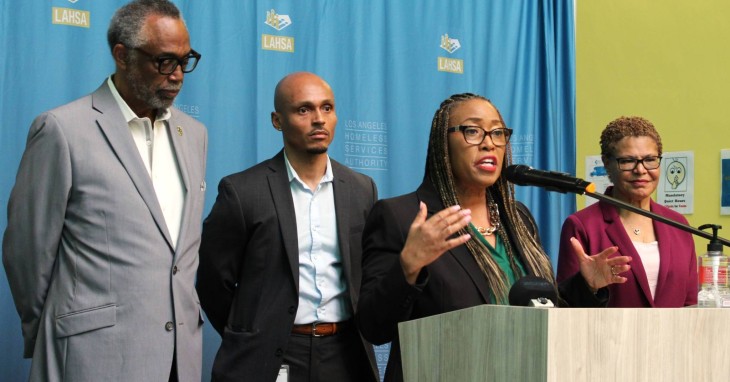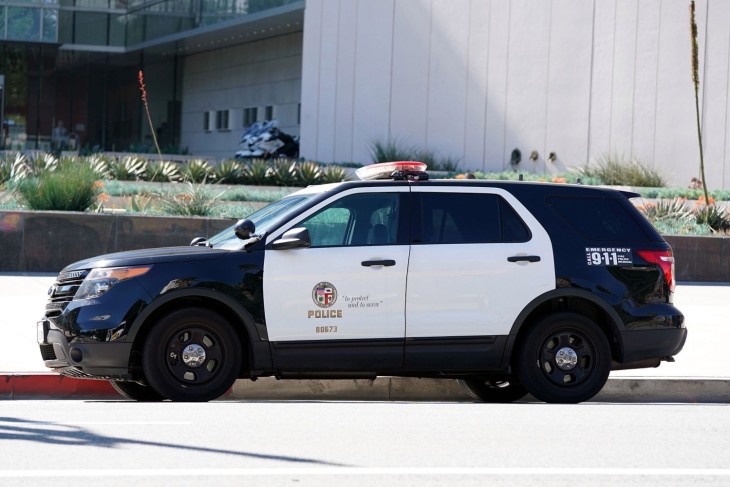By Martin Rubin, Director of Concerned Residents Against Airport Pollution
When pro-aviation advocates brought forward Measure D to preserve Santa Monica Airport (SMO), they tried to trick Santa Monica residents into believing if SMO were to close there would begin a massive Century City-type development.
They also said that, if SMO were to close, large airliners would fly low over Santa Monica when they approach LAX to land, bringing more noise and air pollution than we experience now. Although 3/4 of a million dollars was spent by aviation lobbys, Santa Monica residents were not fooled and voted no on Meaure D by a 60 percent ‘no’ to 40 percent ‘yes vote.
What Measure D accomplished for the community was huge. The City of Santa Monica, in an effort to preserve its control over the airport, placed the alternate Measure LC on the ballot. Measure LC was passed by the same vote percentage by which Measure D lost. Now, no development, other than park and open space, could happen at the land now occupied by the airport unless approved by a majority vote of S.M. voters in an election.
But what if the airport stays? What controls will there be to limit the growth of aircraft operations at SMO?
The 1984 Santa Monica Airport Agreement expires July 1, 2015. No one argues that fact. What does that mean for the future of SMO? Is it a good thing? The 1984 agreement has kept the City of Santa Monica from falling under the thumb of the 1990 Airport Noise and Capacity Act (ANCA). After June 30, will Santa Monica even retain the limitations that exist today; like noise limits and curfews?
It was only shortly before the signing of the 1984 Agreement when the Santa Monica City Council voted to close SMO as soon as practicable. What will Santa Monica do now? Longtime Santa Monica City Attorney Marsha Moutrie has dismissed attempts to curtail toxic air pollution by saying that any attempts would be preemted by the federal Clean Air Act. How ridiculous does that sound? If the City can’t attempt to minimize toxic air pollution because it goes against the Clean Air Act, it makes one wonder how the EPA defines clean air.
Knowledgeable attorneys opine that Marsha Moutrie is wrong about the Clean Air Act preemption, and that the City, as owner and operator of SMO, maintains clear proprietary rights under the 1984 agreement.
The Santa Monica Airport Commission recently passed an air pollution ordinance that would limit aircraft use of SMO based on engine-emission ratings. It’s similar to drawing limits on how noisy an aircraft can be before it’s banned from using SMO.
City Council members must enact and have the air pollution ordinance in place before July 1, 2015. The City Council needs to act NOW. Concerned Residents Against Airport Pollution strongly supports the ordinance, and believes that it would go a long way toward protecting the public health of SMO’s downwind neighbors.
If all of the community theories that have been put forth about the future of Santa Monica Airport play out against the community’s interests, will Santa Monica have this safety net in place? I urge all to understand the importance and urgency of this ground-breaking air pollution ordinance. If Santa Monica truly believes itself to be a green city, then it must address this critical public health concern immediately.



